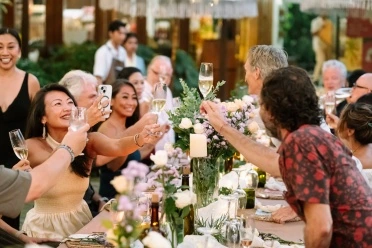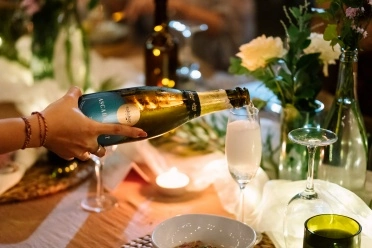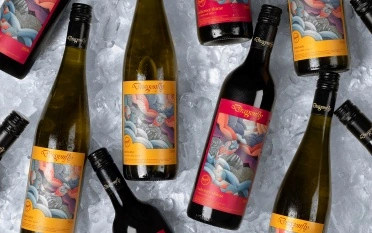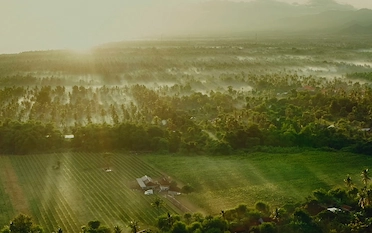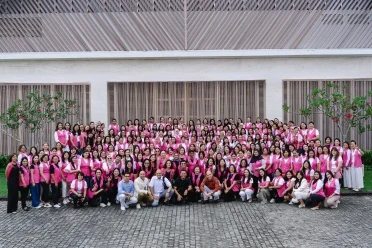High above the serene Campuhan River in Ubud, Bali, stands one of the most celebrated art destinations on the island—the Blanco Renaissance Museum. Opened on December 28, 1998, this museum is a tribute to the legendary painter Don Antonio Blanco, whose legacy continues to influence the art world, particularly in Bali. Often referred to as the "Dali of Bali," Blanco's works are known for their romantic-expressive style, which fuses the surrealism of the West with the intricate beauty of Bali’s local culture. For art lovers and travelers alike, this museum provides not only a visual feast but also a deep dive into Bali’s artistic soul.
Blanco Renaissance Museum Bali: A Timeless Haven for Art and Culture
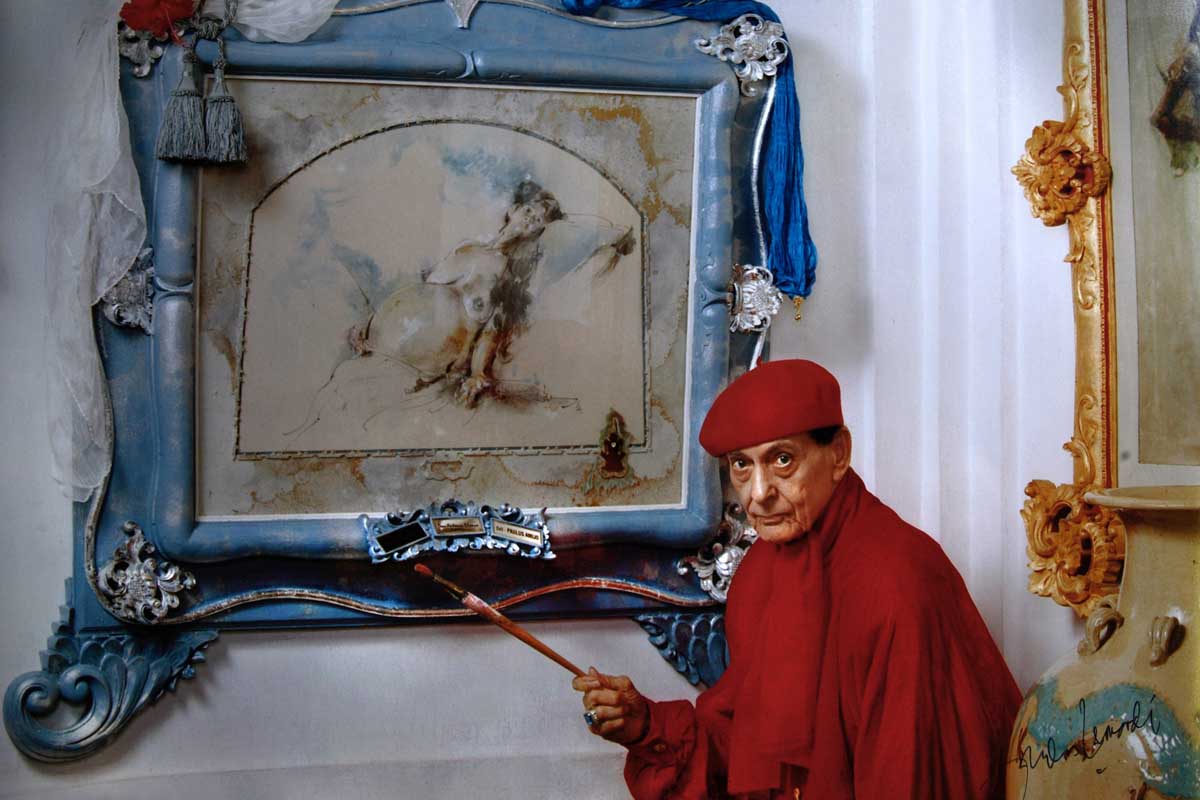
The Life and Art of Antonio Blanco
Born in Manila, Philippine, in 1912, Antonio Blanco embarked on his journey as an artist in New York before making his way to Bali in the 1950s. His arrival on the island marked a turning point in his career. After marrying Ni Ronji, a Balinese dancer who became his lifelong muse, Blanco became immersed in the island's unique cultural tapestry. He was captivated by the beauty of Balinese women and often made them the subjects of his paintings. His works are known for their romantic, surreal portrayals of the female form, merging fantasy with elements of Balinese culture.
Blanco's artistic vision extended beyond his canvases. In 1953, he was given a plot of land by the King of Ubud, Tjokorda Gde Agung Sukawati, where he built his home and art studio. This very land would later become the site of the Blanco Renaissance Museum, where his artistic dreams flourished. His residence, now part of the museum, is filled with lush gardens, exotic birds, and the romantic energy that defined much of his work.
The Museum: An Artistic Masterpiece
The Blanco Renaissance Museum offers visitors a rare opportunity to witness over 300 pieces of Blanco’s artwork, including sketches, paintings, and illustrated poetry. The museum itself is as much a part of the experience as the art it houses. From the intricate Balinese-style architecture to the ornate frames that adorn each painting, every detail of the museum echoes Blanco’s flair for the dramatic.
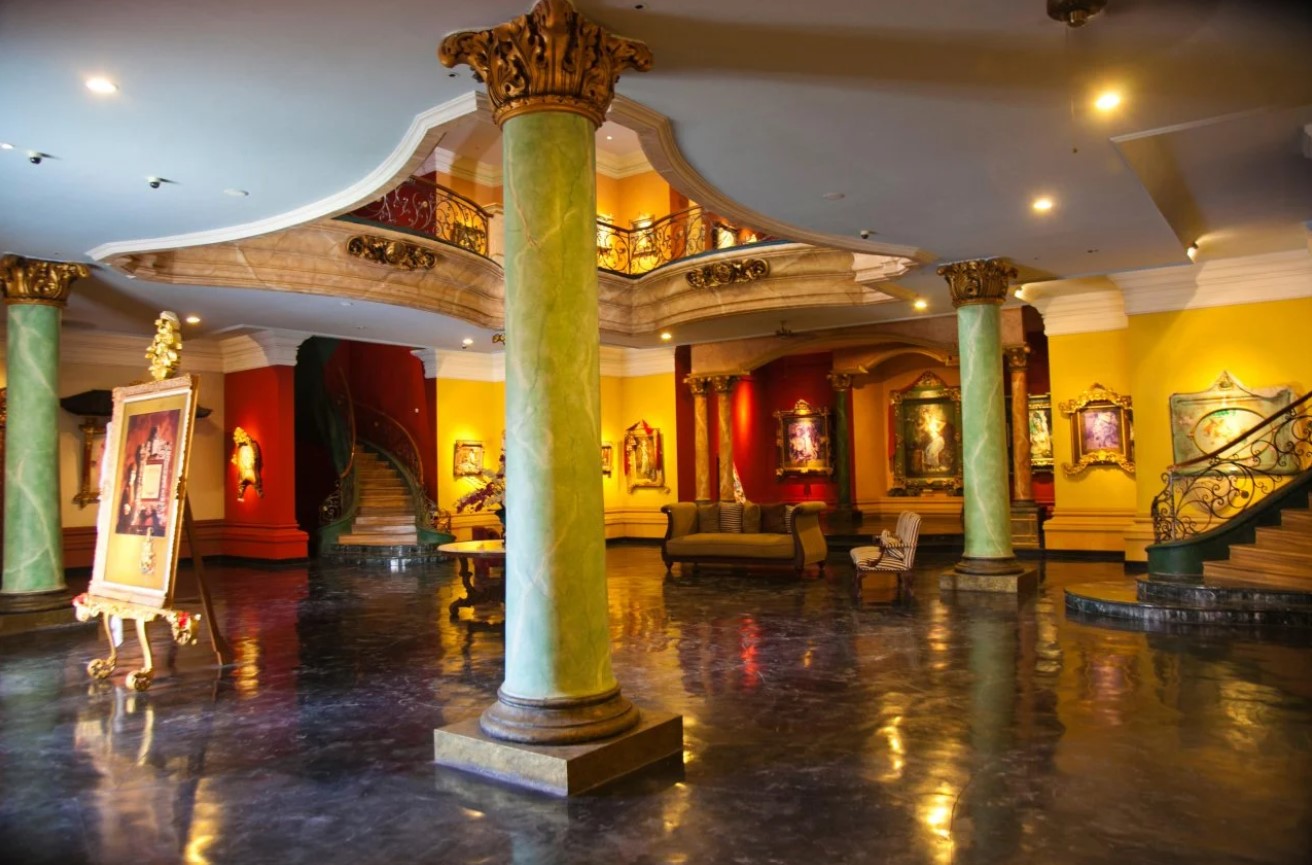
What sets this museum apart from others in Bali is its celebration of the "eternal feminine"—a theme central to Blanco's work. Visitors can explore rooms dedicated to his paintings of women, many of which feature Ni Ronji, his muse, in various stages of life. These works are often characterized by vibrant colors and surreal imagery, with each piece framed in a way that enhances its theme. This attention to presentation makes Blanco’s art not just something to look at but something to experience fully.
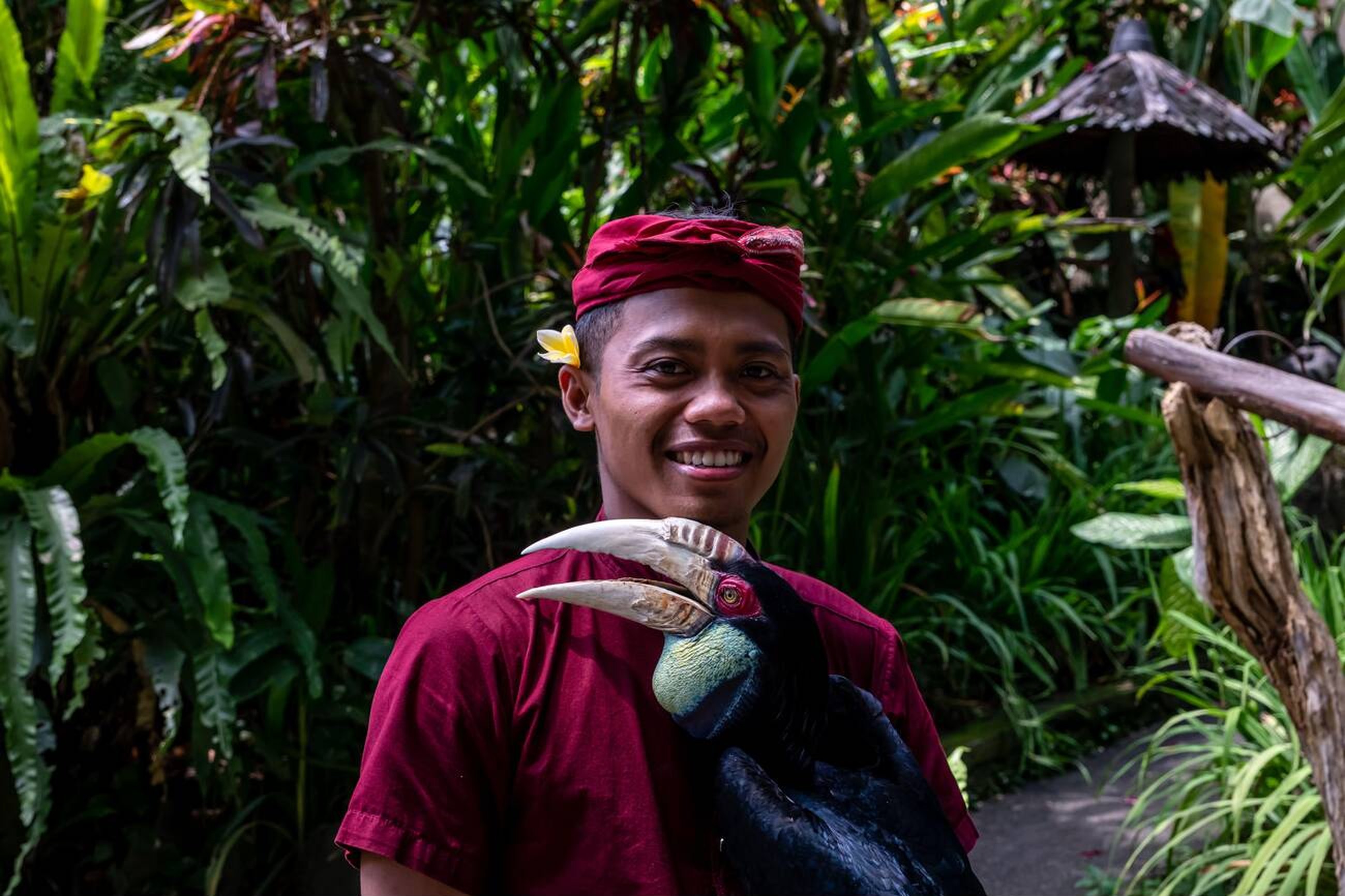
In addition to showcasing Blanco’s extensive body of work, the museum grounds offer a tranquil escape, surrounded by Bali’s natural beauty. Visitors can wander through lush gardens where tropical birds such as Bali Starlings and cockatoos make their homes. Blanco's connection to nature is evident, and this setting complements his artistic legacy, making the museum not only a cultural destination but also a place of inspiration and reflection.
The Legacy Continues: Mario Blanco
After Antonio Blanco's death in 1999, his son Mario Blanco took up the mantle of preserving and expanding his father’s legacy. While Mario inherited much of his father’s artistic talent, he has developed his own unique style, leaning more toward impressionism. His works, also featured in the museum, reflect a deep appreciation for Balinese culture and often depict religious and philosophical themes. Mario’s paintings serve as a continuation of his father’s artistic journey, adding a fresh layer to the museum’s collection.
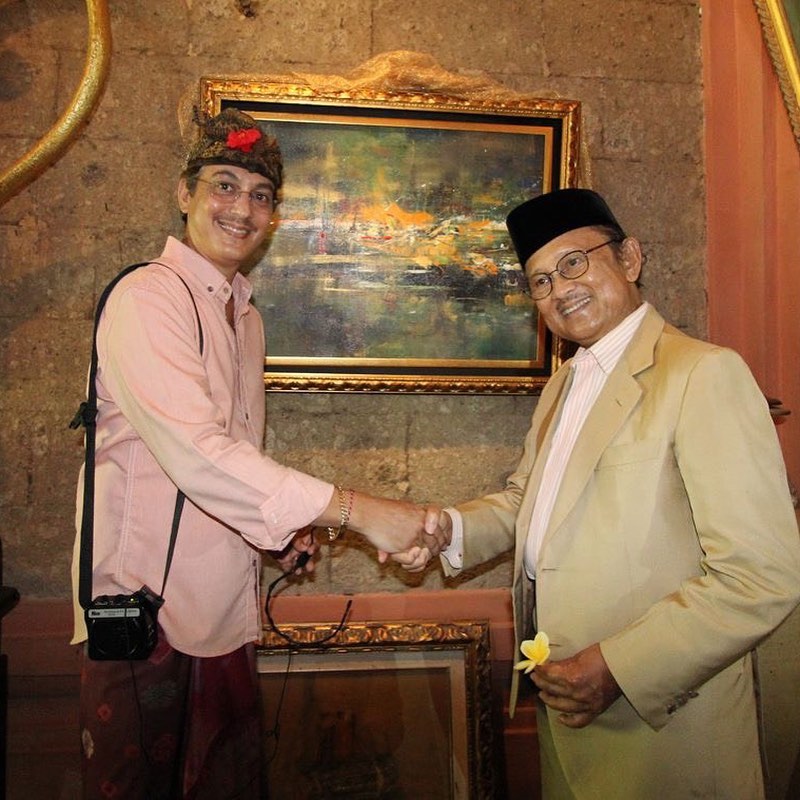
Mario Blanco's involvement in the museum ensures that the family’s artistic spirit remains alive. He continues to paint in the same studio once used by his father, and visitors can often catch a glimpse of him at work. This living connection to the Blanco family makes a visit to the museum a deeply personal experience, allowing art lovers to witness not just finished pieces but the process behind their creation.
An Captivating Cultural Experience
Beyond its artistic displays, the Blanco Renaissance Museum offers a full cultural experience. There's a comprehensive art shop where guests can purchase reproductions of Blanco’s works, along with other souvenirs. For those seeking a deeper connection to the museum’s history, guided tours are available, offering insights into Antonio Blanco’s life, his creative process, and his impact on Bali’s art scene.
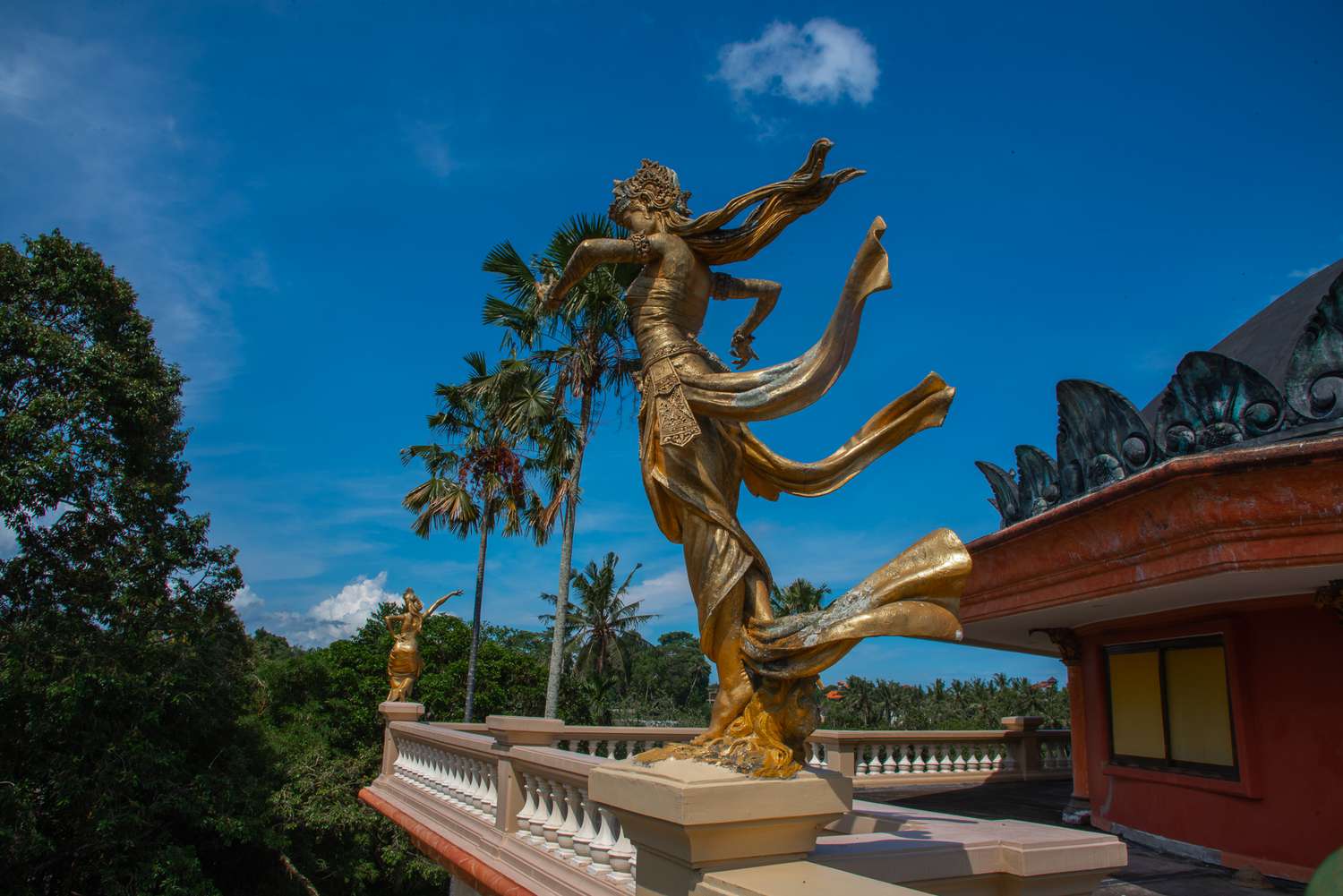
Additionally, the museum hosts a variety of events and exhibitions throughout the year, celebrating both local and international art. These events draw art lovers from around the world, turning the museum into a dynamic space where tradition meets innovation.
Why You Should Visit
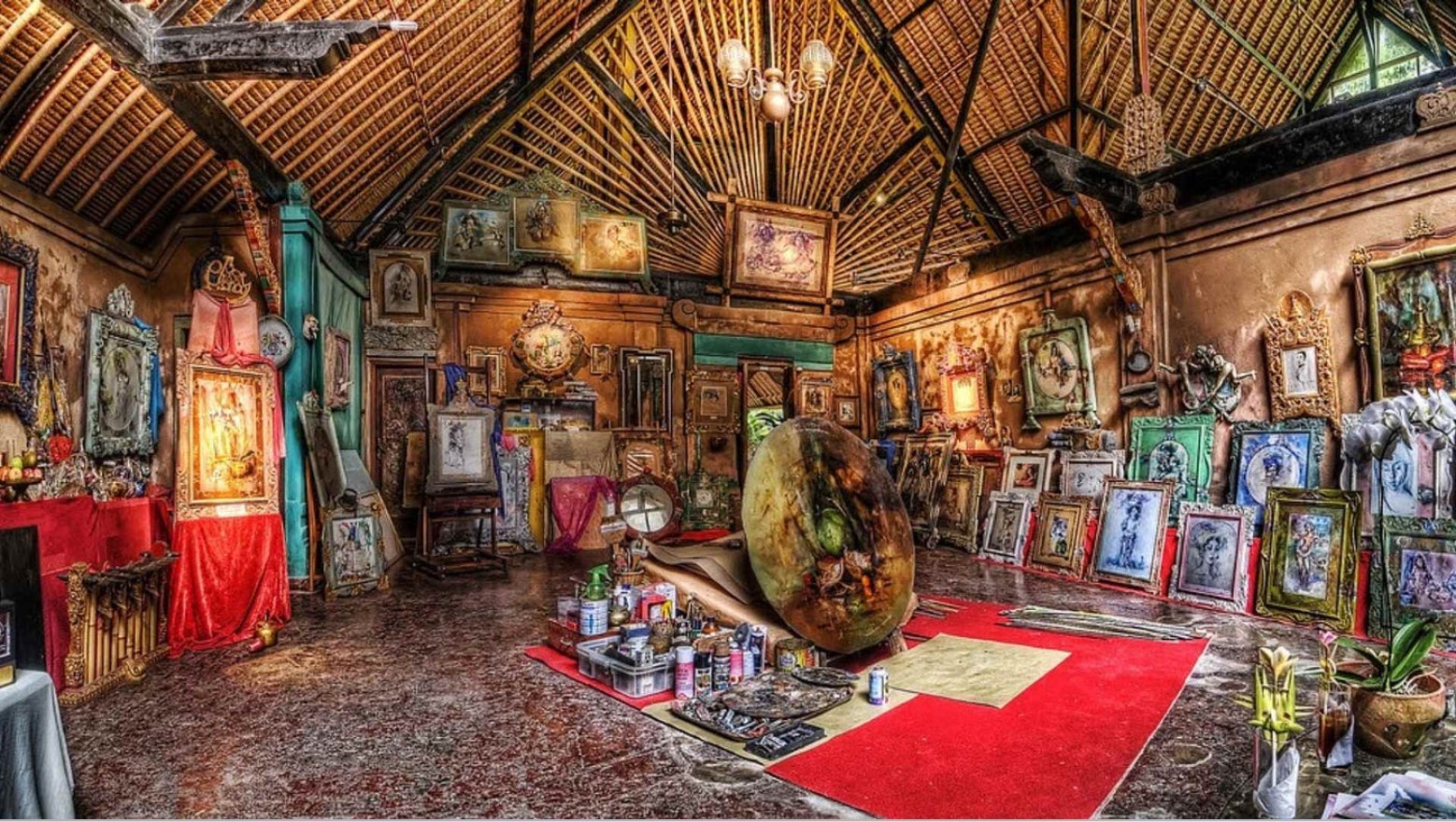
For those interested in exploring the rich artistic heritage of Bali, a visit to the Blanco Renaissance Museum is a must. The museum stands as a testament to the artistic genius of Antonio Blanco and serves as a bridge between Bali’s cultural past and its contemporary art scene. Visitors will leave with a profound appreciation for Blanco’s unique vision, as well as the ongoing work of his son Mario Blanco, who continues to honor his father’s legacy.



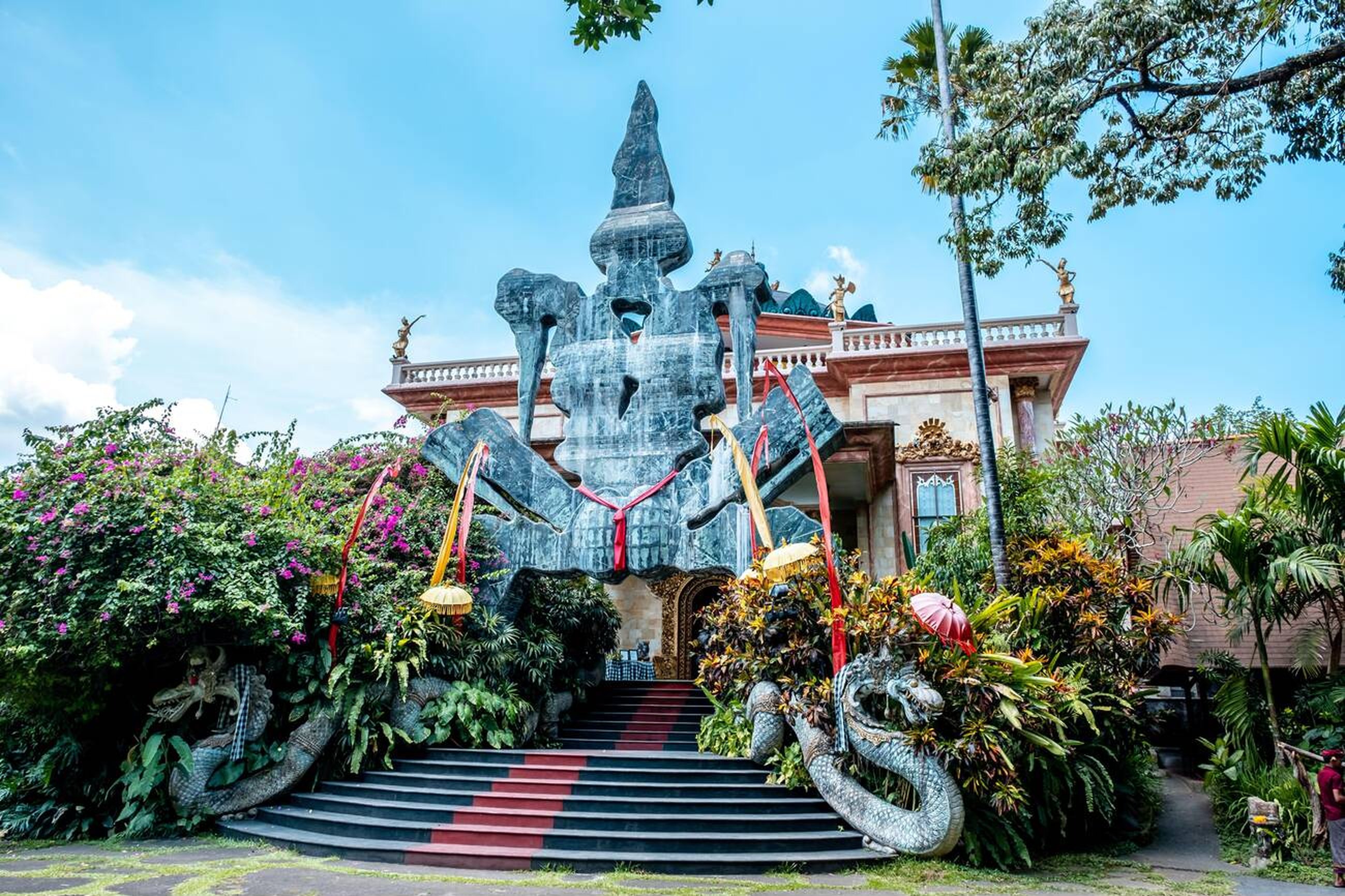
 Billy Bagus
Billy Bagus
 Sep 27, 2024
Sep 27, 2024


